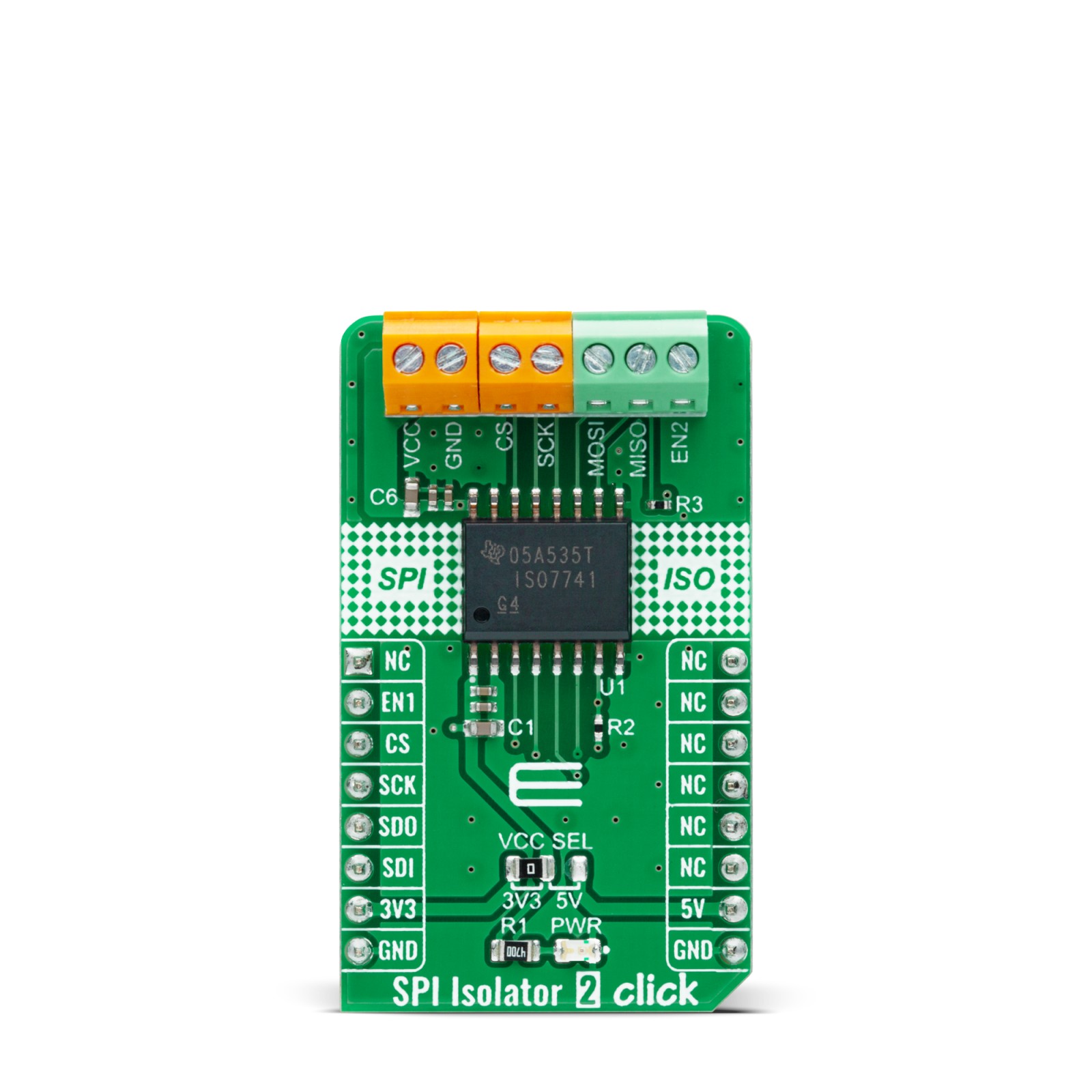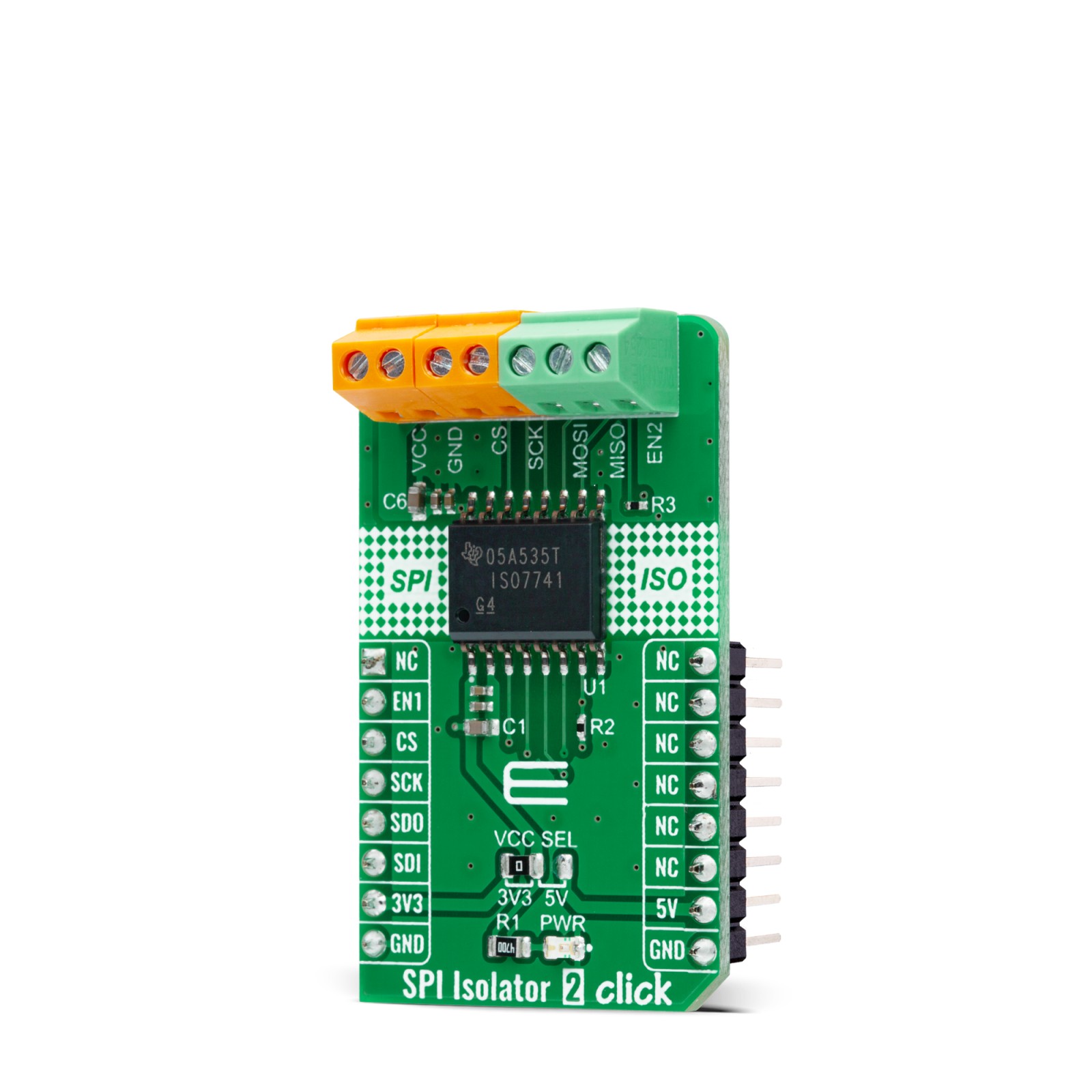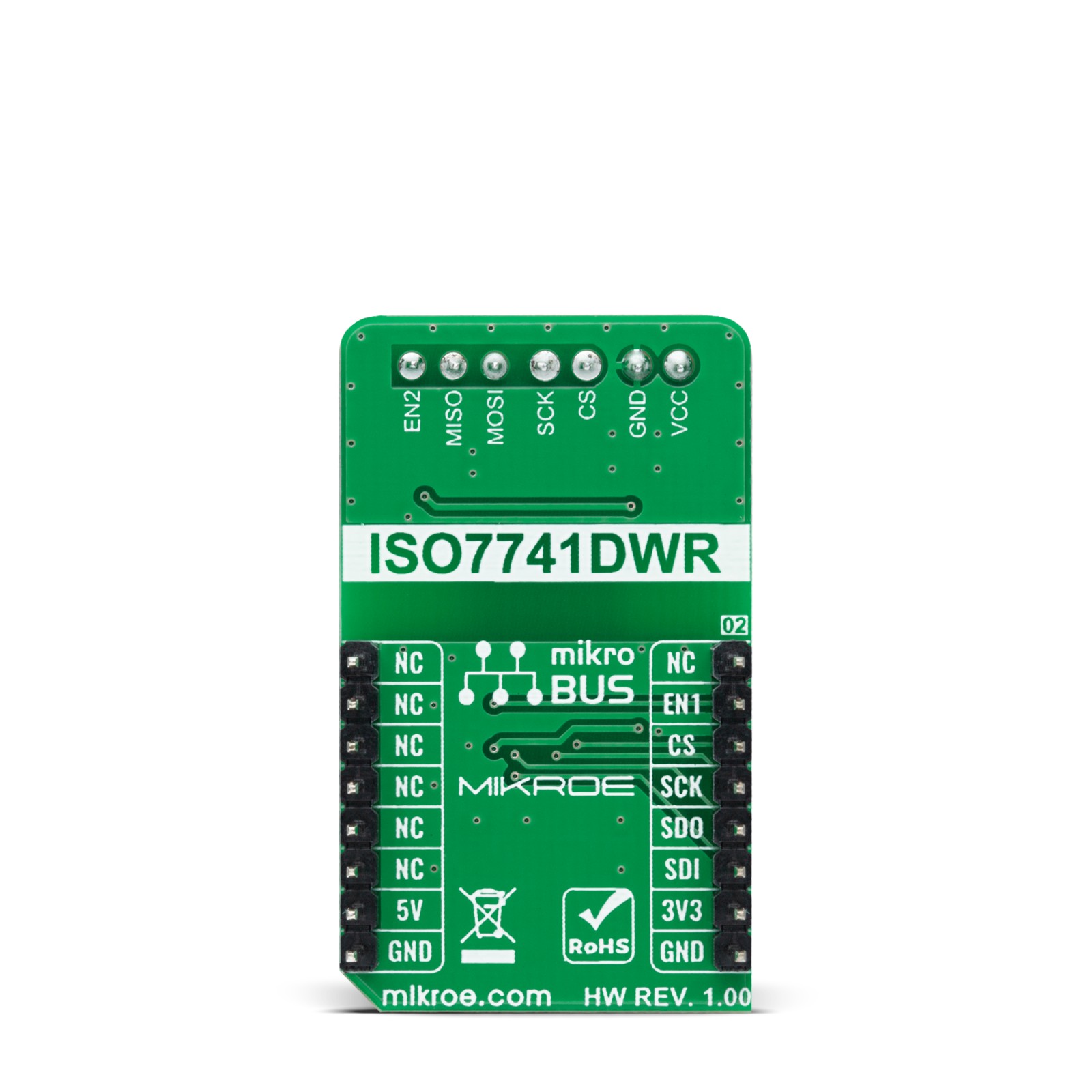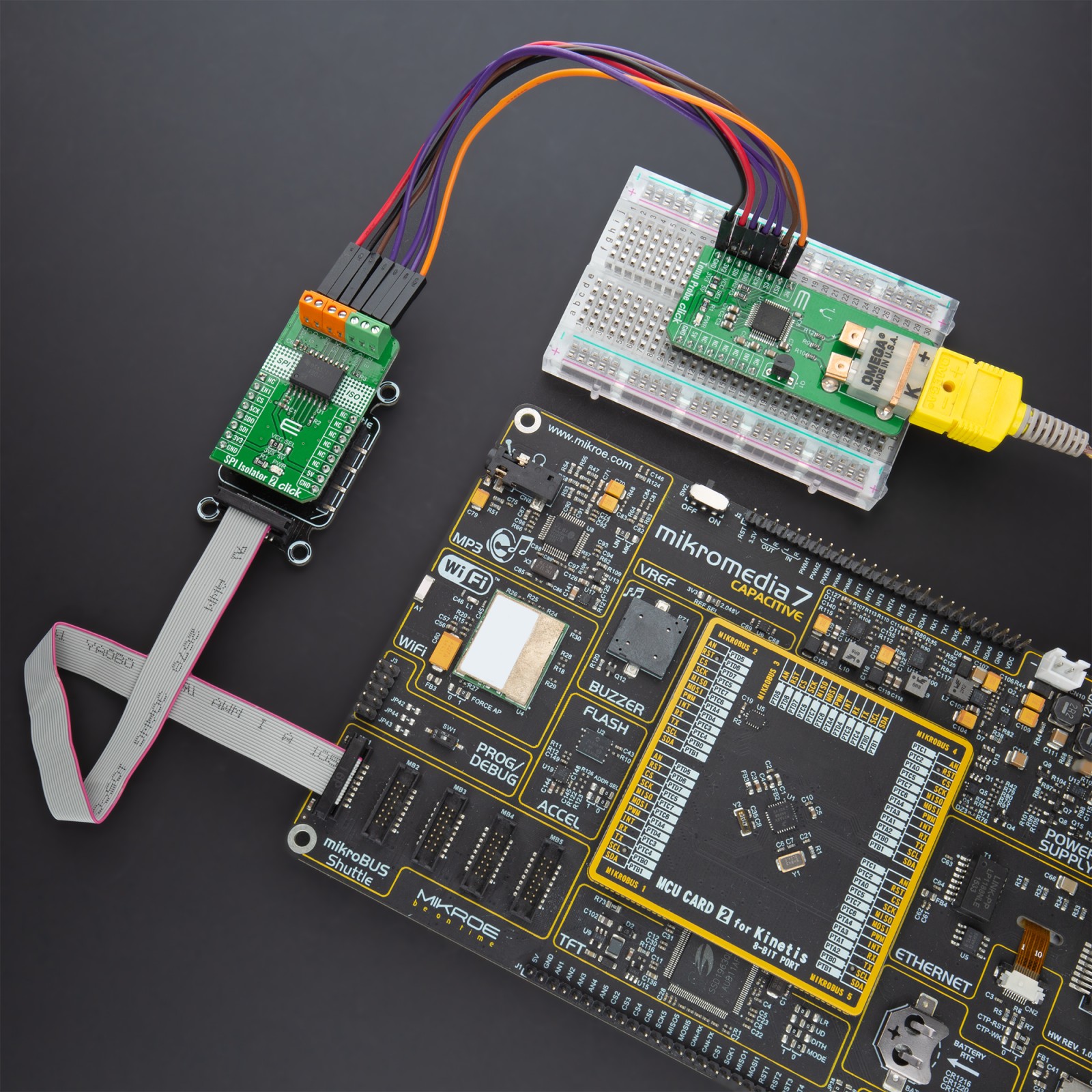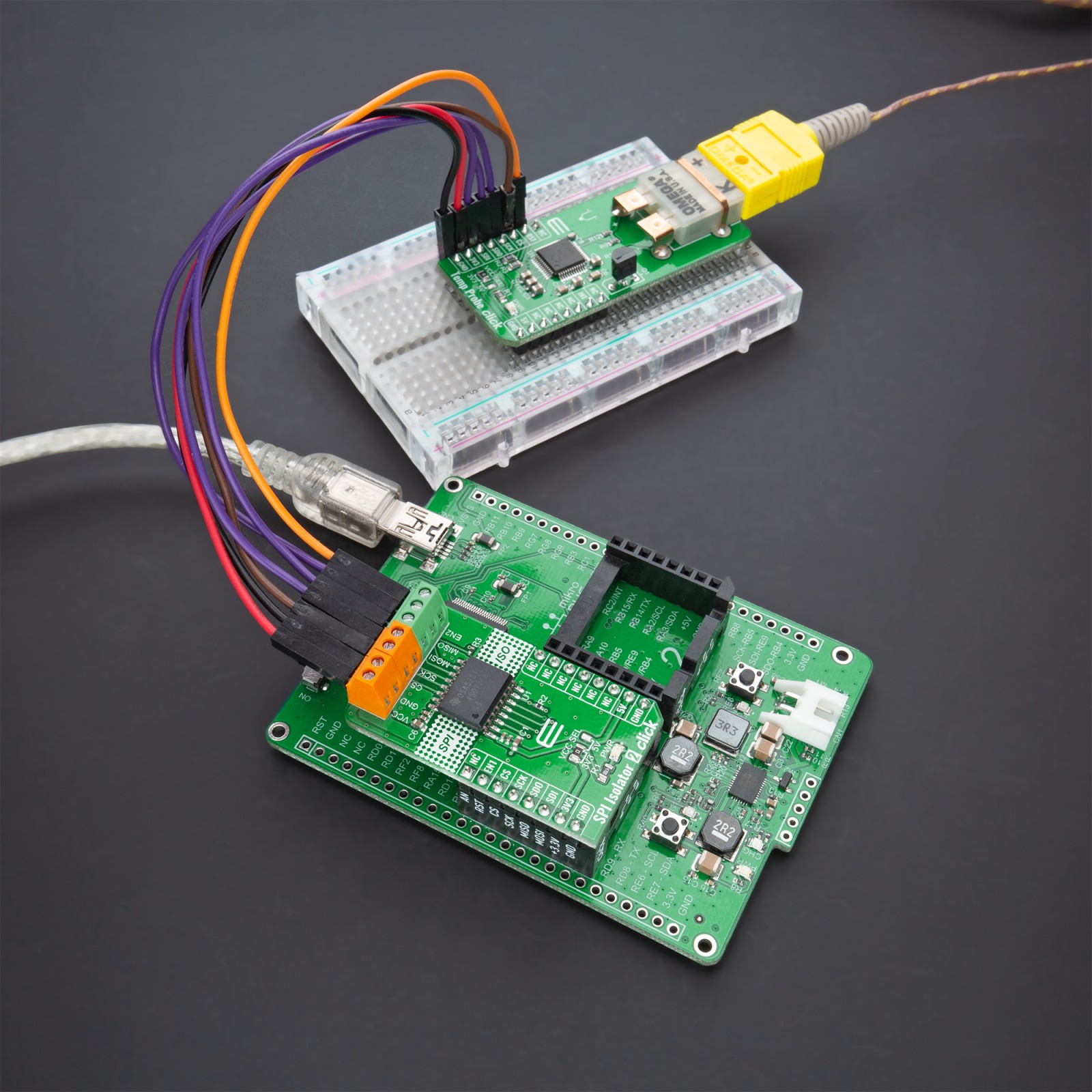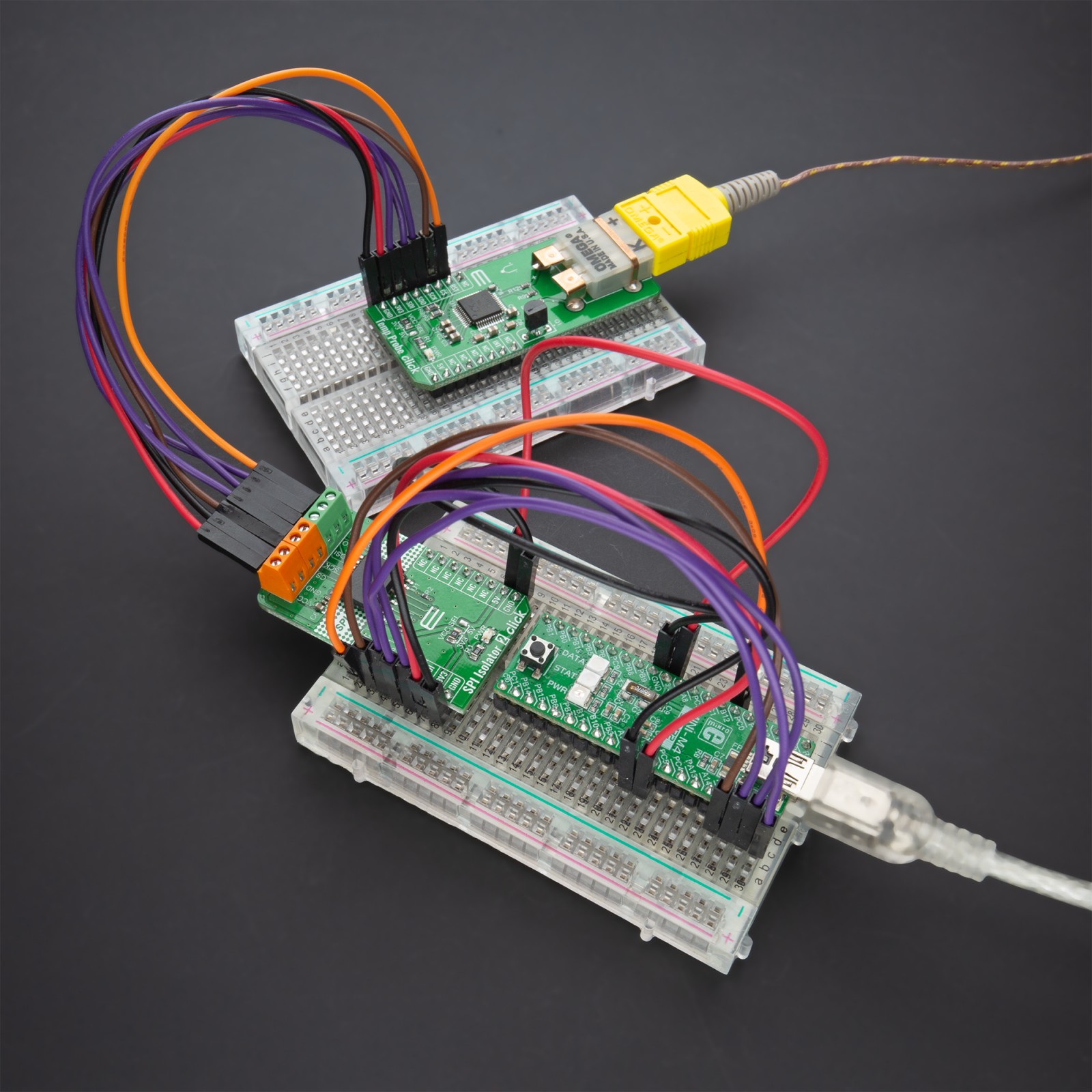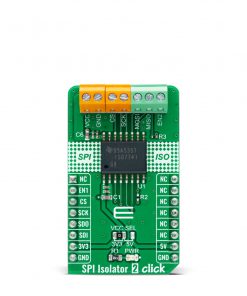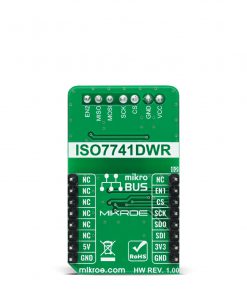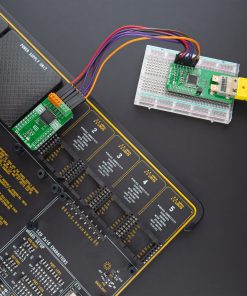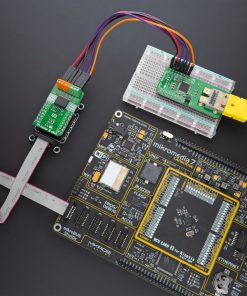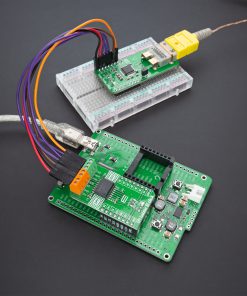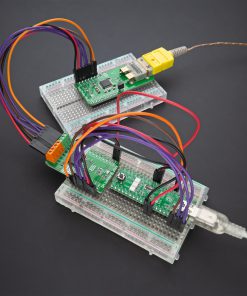-
×
 DIGI POT Click
3 ×
DIGI POT Click
3 × R380.00R342.00 -
×
 IR Click
1 × R125.00
IR Click
1 × R125.00 -
×
 RN4678 Click
1 ×
RN4678 Click
1 × R870.00R783.00 -
×
 Proximity Click
2 × R225.00
Proximity Click
2 × R225.00 -
×
 GSM/GNSS Click
2 ×
GSM/GNSS Click
2 × R1,700.00R1,530.00 -
×
 MPU 9DOF Click
3 × R555.00
MPU 9DOF Click
3 × R555.00 -
×
 ADC Click
1 ×
ADC Click
1 × R545.00R490.50 -
×
 HYDROGEN Click
2 ×
HYDROGEN Click
2 × R340.00R306.00 -
×
 LPG Click
1 ×
LPG Click
1 × R340.00R306.00 -
×
 BUZZ Click
1 × R120.00
BUZZ Click
1 × R120.00 -
×
 3D Motion Click
2 ×
3D Motion Click
2 × R1,100.00R990.00 -
×
 Accel Click
1 ×
Accel Click
1 × R360.00R324.00 -
×
 GSM2 Click
1 ×
GSM2 Click
1 × R980.00R882.00 -
×
 MP3 Click
1 ×
MP3 Click
1 × R490.00R441.00 -
×
 4-20mA R Click
1 × R490.00
4-20mA R Click
1 × R490.00 -
×
 DAC Click
1 ×
DAC Click
1 × R415.00R373.50
Subtotal: R13,169.50

